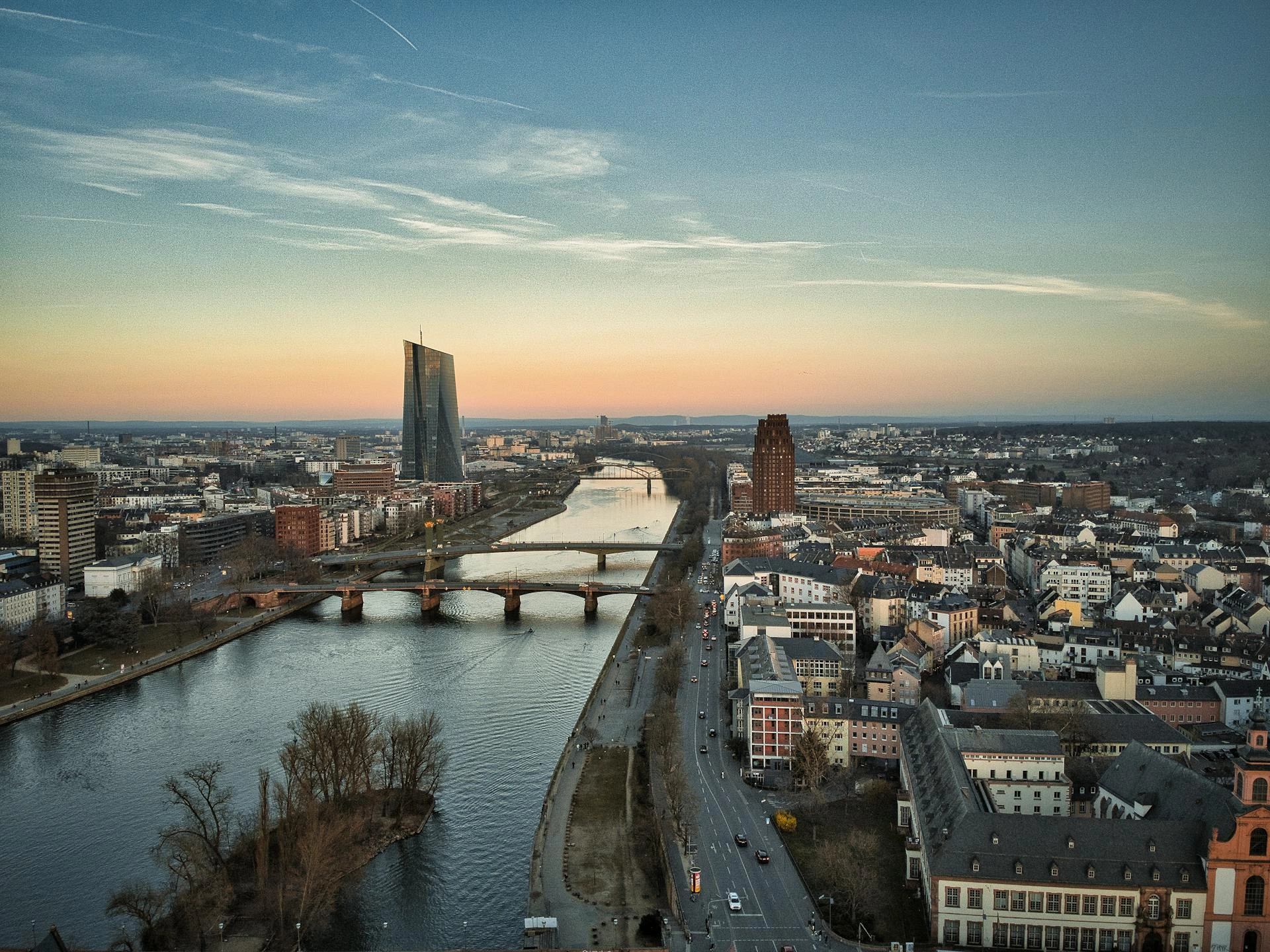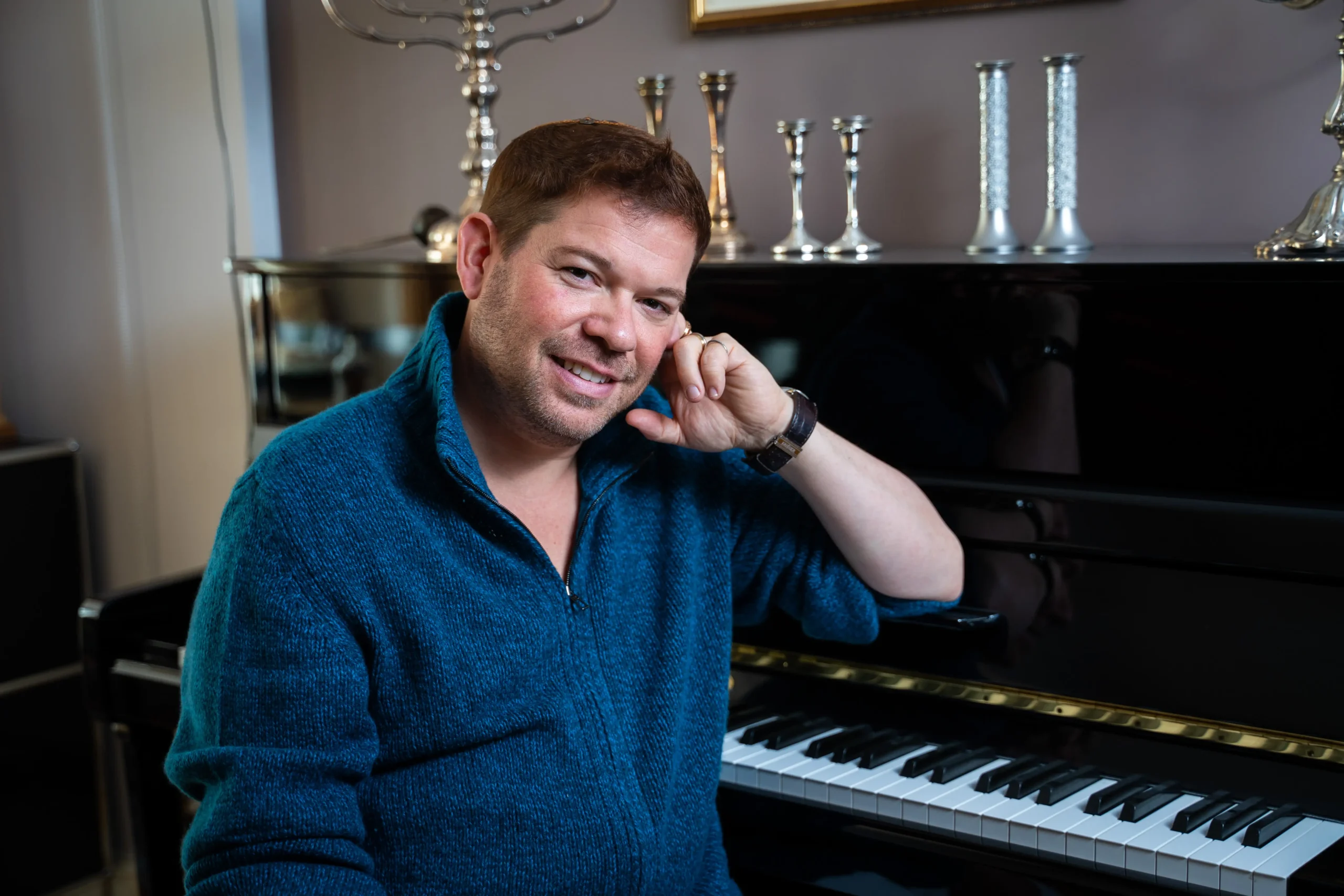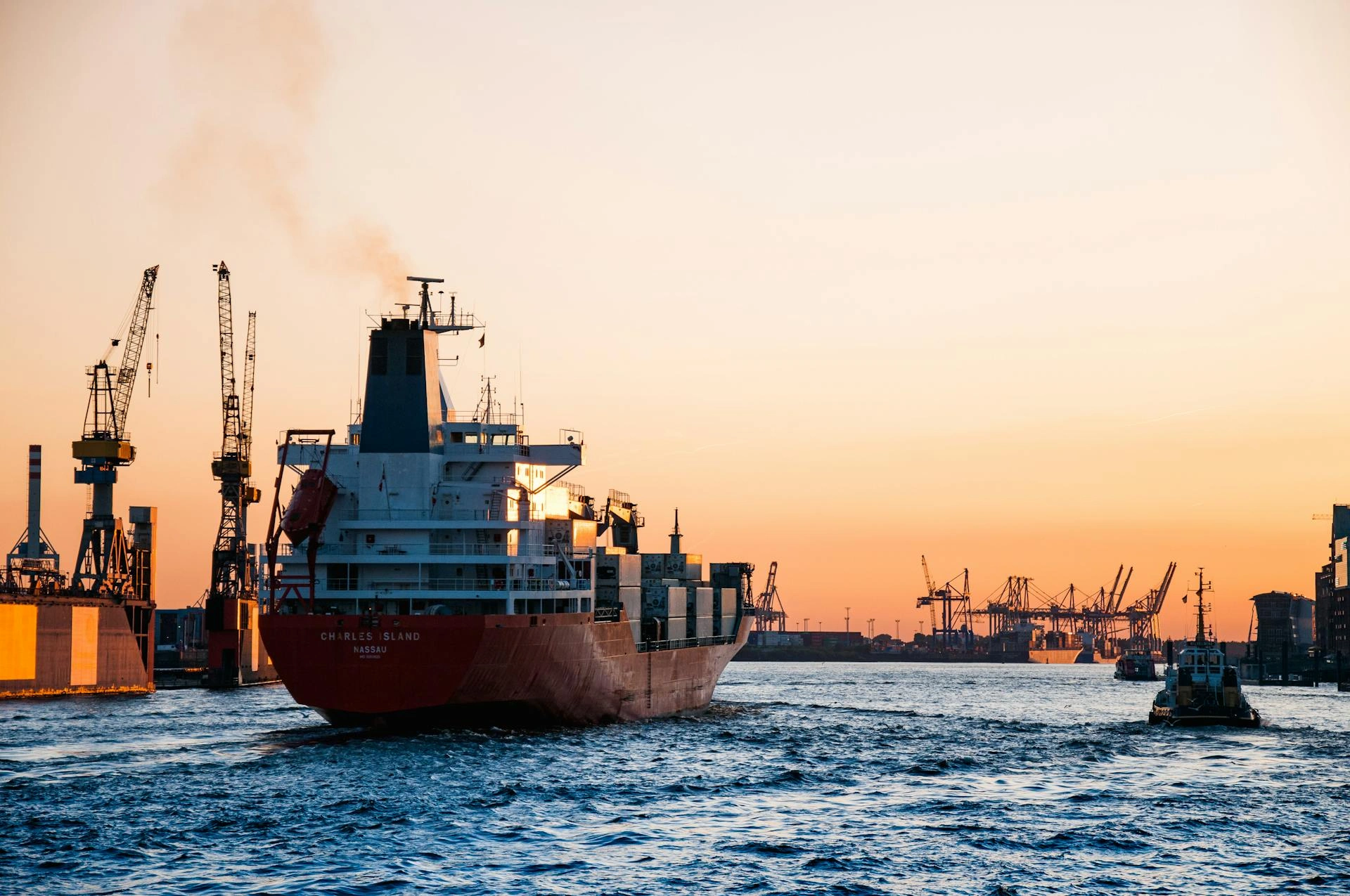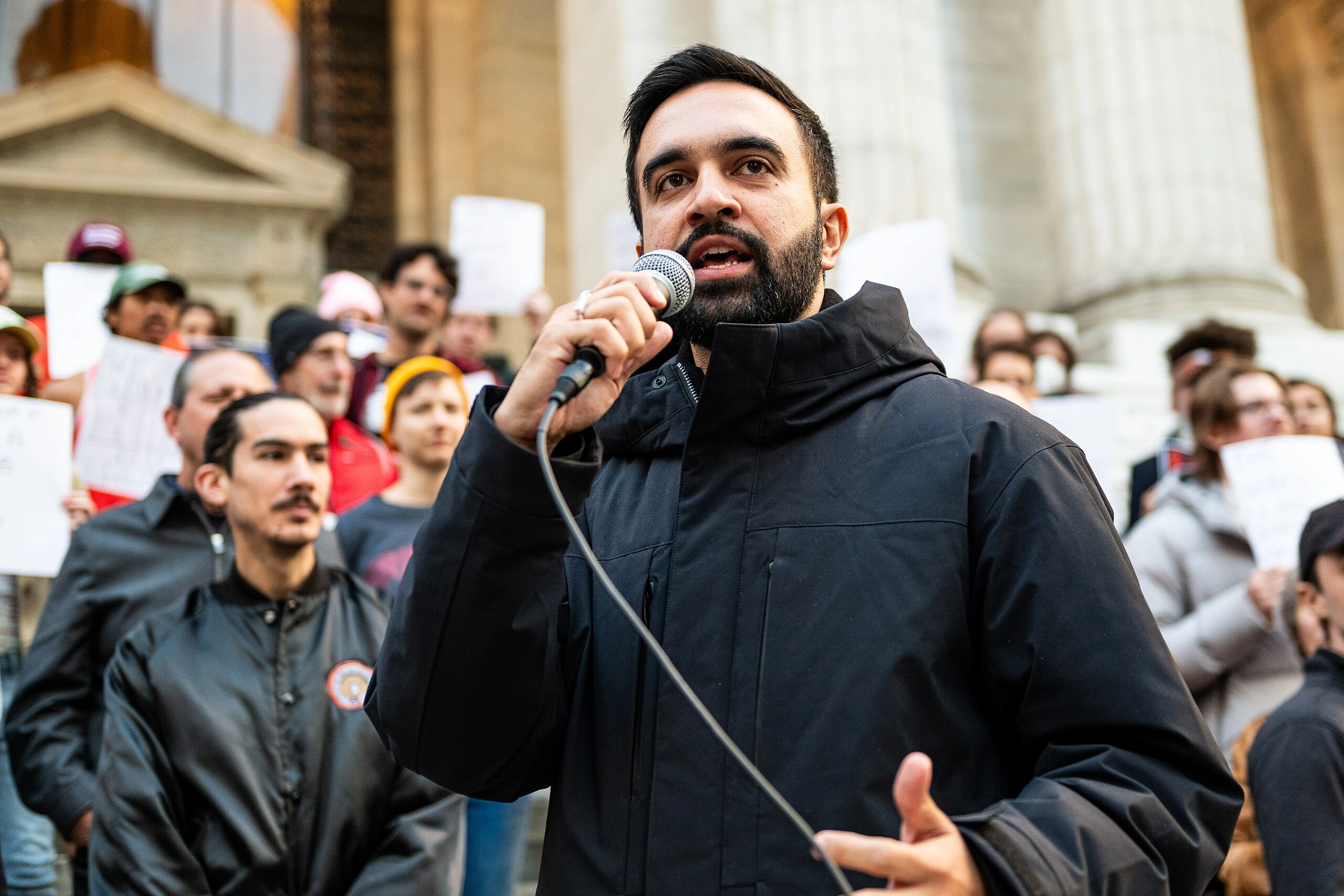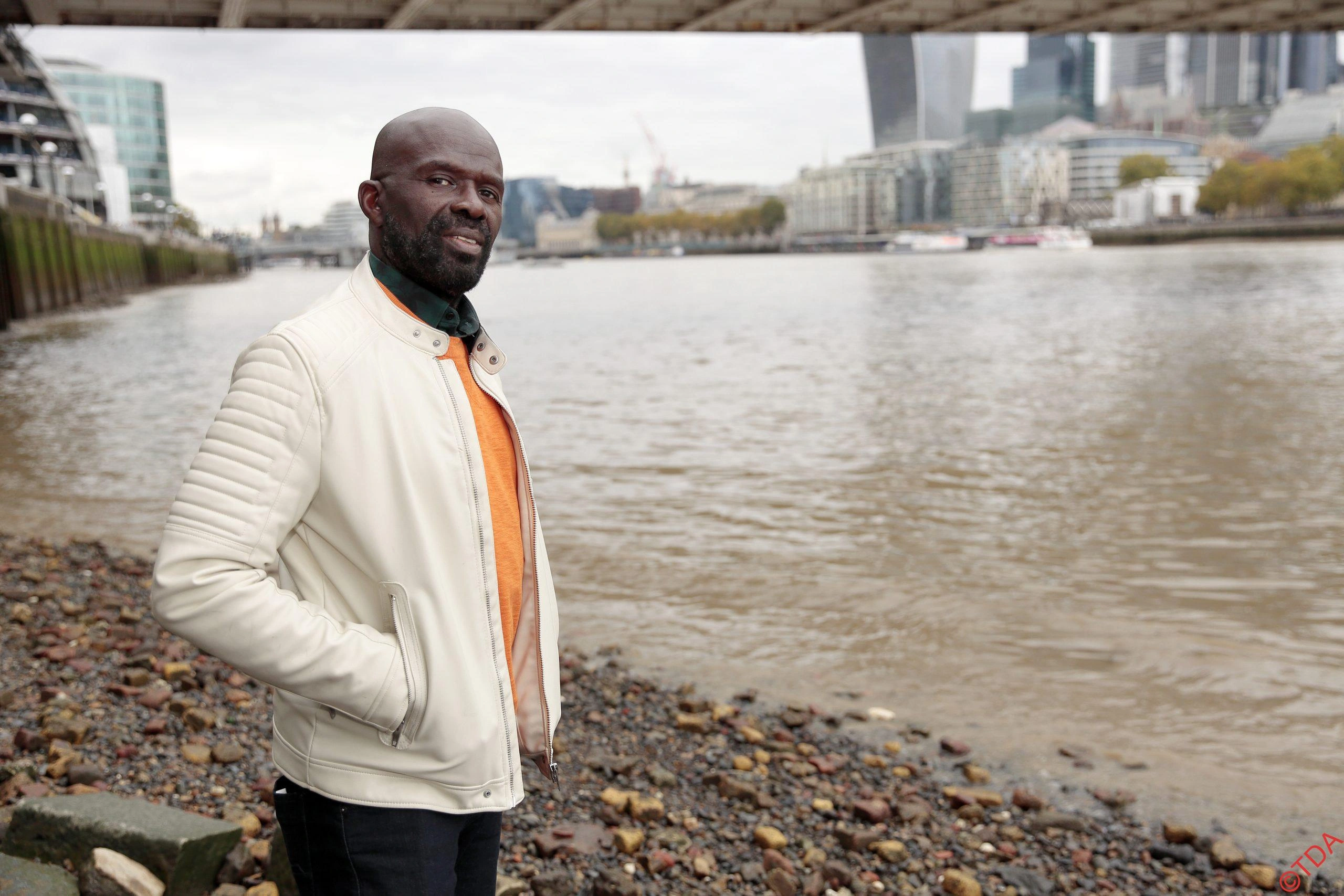How Global Warming Transformed My Arctic Journey and Life’s Mission

John E. Kaye
- Published
- Home, Opinion & Analysis, Travel and Lifestyle
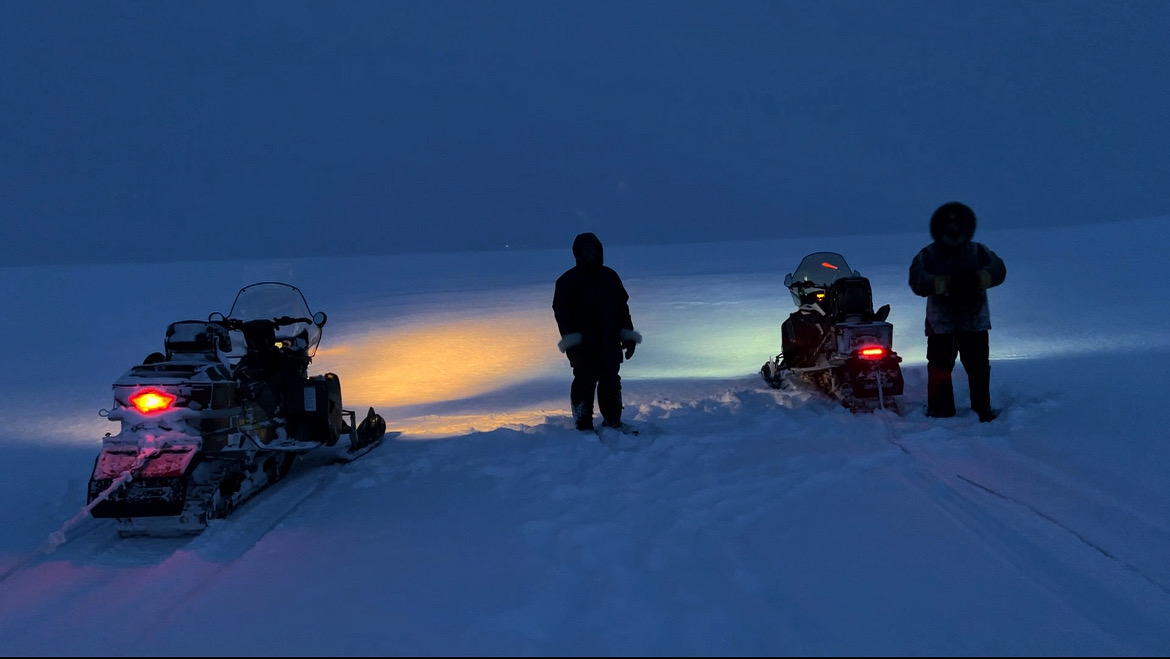
Polar explorer Mark Wood spent five years preparing for a 2,000-mile solo science expedition across the frozen Canadian Arctic, only to discover a vast area of ice had melted away. Writing exclusively for The European, he recounts his fateful journey for the first time and discusses the devastating impact of global warming on Expedition SOLO 100 and on the planet
The temperature tips to -40C as I walk slowly towards my Inuit friend. Surrounded by 360-degrees of expansive ice near the top of the world, we seem completely detached from the rest of humanity. In my mind, I know my next words to him are going to change the course of my life’s work. But if I don’t vocalise them now, the possibility of losing my life is inevitable.
For two days, our team has been stuck in the Canadian High Arctic on the fringes of the aptly named Polar Bear Pass National Wildlife Area. Located on Bathurst Island about 60km away from the historic route of the Northwest Passage, Polar Bear Pass is to be my launchpad for Expedition SOLO 100—a 2,000km, 100-day solo science expedition that I’ve spent five years planning.
From the Pass, I will set off across the sea ice in Nunavut Territory, operating 150 miles north of the nearest Inuit settlement in Resolute Bay. On the ice, I’ll be a tiny speck, one of just 500 people living in a region a quarter of the size of Europe. On the ice, it’s me, two sledges full of survival and science gear, and a beautiful, freezing landscape home to 25,000 roaming polar bears.
Adventure companies won’t operate here. In recent years, very few scientific expeditions have ventured this far north, either. But over the course of 14 major expeditions and two decades in the field, I’ve become a tool crafted for this very place. I’m not a performance athlete. I’m not a scientist. The skill I have is survival in extreme cold, extreme stress situations. This enables me to focus on creating education about places like this and to work with scientists who require samples from the frozen fringes of the planet.
I may have been born in Coventry, England, but in some ways, the Canadian High Arctic feels like a piece of my home. It inspires me. It fuels my soul. Sometimes, it treats me harshly.
The companions with me now, Inuit guides and hunters Devon Manik and Daniel Akumalik, are the last human beings I plan to see for more than three months.

For five years, I’d known that I would be setting off alone towards the frozen expanse of this place. Towing two sledges weighing a combined 185 kilograms, I planned to trek, camp and take ice samples for leading scientists within the field of polar research. I would help scientists determine the speed and sources for sea ice deterioration and I would test out advanced battery technology and a wind turbine for the University of Warwick.
I would educate classrooms and commuters around the world with a first-of-its-kind, daily podcast from the arctic (Radio SOLO 100). I would not be discovering new areas, but I would be using those areas to make new discoveries. And I would do it all alone—for research, not for glory.
Though I have the company of my Inuit friends that I found myself approaching, I have never felt as alone as I do right now. Plodding against the arctic wind towards Devon, I feel vulnerable. With five years of planning toppling over in my mind, I try to bend the world around me so I don’t have to make the inevitable choice. But every professional bone in my body is forcing me to blurt out the truth.
I breathe in the cold air and put my arm around his shoulder, distracting him from tying down equipment to his snowmobiles. In an instant, my world changes. “It’s over,” I say.
“Good,” Devon replies. “I hoped you would say that.”
Satellite imagery taken before the start of Expedition SOLO 100 showed a risky but reliable route towards a re-supply drop at the isolated weather station of Isachsen in the Sverdrup Islands. According to those images, there was solid expanse of black sea ice on the eastern side and a vast area of ice rubble to the west. Having previously co-guided Jeremy Clarkson, James May, and a BBC film crew through that rubble for a Top Gear episode in 2007, my interpretation of the images was based on some historic experience. Ice rubble requires extremely dangerous, torturous trekking where a man towing sledges could be passed by a wandering tortoise, if it could survive in the cold. Navigating the rubble was a non-starter. So, my route was calculated based on skiing over the flat, black areas on the eastern edge of my route. I planned for 28 days of skiing with enough supplies to last 35 days, just in case.
However, what I saw with my naked eye changed everything. The black expanse of solid sea ice over which I planned to ski was now open water. An area of broken ice size stretching up to sixty miles North and an estimated 10 to 20 miles East to West, which in places is usually a few feet thick, had melted to open water in just a few weeks.
Neither Devon, Daniel or I had never seen anything like it.
To get to Isachsen without climbing through the rubble, I would need a boat. If I chanced it on skis, it would leave me almost certainly exposed to a rescue or a loss of my life.
Proceeding through the ice rubble was also possible but would likely take up to 50 days. I would run out of supplies or require emergency evacuation before I even came close to making it. As a professional, I have a responsibility to the rescue teams that would potentially come to collect me if I fall through the ice or get stuck in a field of rubble. In this modern era of exploration, we have a duty to care towards our rescue teams when planning major expeditions of this ilk. There is little room for bravado and scant space for ego.
Hours later, I’m wrapped in sealskin’s riding on the back of a snowmobile as Devon, Daniel and I slowly edge our way across the ice through a blizzard. As my body rattles up and down on the machine, bumping over ice, my eyes focus on the area that will soon be a distant memory. On the nine-hour drive back to Resolute Bay, I begin to formulate a plan to save Expedition SOLO 100.
“The mission for Expedition SOLO 100 is to create real science research and inspire an audience to understand the true worth of our planet,” I remind myself. “We still have a great team of scientists, researchers, filmmakers and podcasters. We still have great investors who still believe in me and the core reason for creating this extreme adventure in the first place. Why stand still?”
On the slow, freezing ride back to Resolute Bay, my mind shuffles through the past, present and future like a seasoned poker player might shuffle a deck of cards. The reason for coming out here was to determine the rate of ice deterioration. I had to turn back because the ice deteriorated. There was a message here, a single reason that in global terms is significant to the whole human race. It really is that dramatic. The ice is disappearing and we all have a stake.

Expedition SOLO 100, I decide, will not fade away now, because Expedition SOLO 100 is no longer a solo journey. Instead of one, long expedition, I will now depart on three very different ones across the polar regions.
After collecting myself in Resolute Bay, I decided to do what many great British explorers have done before me—ask for help from the Norwegians. Back in civilisation, my first port of call is Oslo.
In Oslo, I received confirmation and a boost. “If you are calculating major decisions like this before you have even set off, then you are heading into failure,” explains a close Norwegian explorer. Over the phone, a military friend likened it to situations where special forces teams had been helicoptered into war zones only to realise that their ground intelligence was wrong so within moments they aborted the mission. The friend, himself ex-special forces, told me that it takes a brave person to make the right decision in moments of heightened stress.
In Norway, I speak with scientists and link with a logistics team to set up a six-week crossing of Greenland in 2025. Using two dog teams to propel the expedition, we will head further north than any other teams before us, not to somehow be the “first” but instead to operate in a sterile area where ice samples will be pure. We will continue the Radio SOLO 100 podcast but also be able to carry more scientific equipment and use more filming equipment to tell a more inspiring story.
Next on my agenda is Antarctica. Again, we will be taking remote, clean ice samples. Forgoing the dogs, a four-man team will ski across the continent hauling sledges to the South Geographic Pole. That six-week expedition is set to begin in November 2025.
In what will be the third and final act of Expedition SOLO 100, set for five weeks in March 2026, I will return to Resolute Bay, a place I first visited in 2003. Back then, over 20 years ago I remember sucking in the cold, arctic air as I made my way to the remote airport terminal. My lungs froze as I coughed my way to passport control. I was in fear of my life on my first expedition, but over the next 70 days, I learned how to live, move and survive in the arctic. Most importantly, I learned how to appreciate this remarkable area of our planet.
On the final leg of that 2003 trip, I was setting up camp several days’ walk outside of Resolute Bay when an Inuit hunter approached me on a snowmobile and handed me a note. After hurriedly opening it, I found myself standing in a field of white on a satellite phone with my brother in the UK. My mum was dying of cancer. In not so many words, I was told to come back.
I was confused, sad and very much alone. I needed support desperately. And back in Resolute Bay, a young woman named Mavis, who worked for the airline, was there. Mavis sorted out all of my tickets so I could get home to my mum. Her kindness allowed me to have a few days with my mum before she passed. It’s an act of kindness I will never forget.
At the time, Mavis had a small boy of only two-years-old. His name was Devon.
Twenty-one years later, I stood beside that boy at Polar Bear Pass while making my decision to turn around. So, my final act of polar exploration in the field is to go home—back to the island in the Canadian High Arctic where it all began. It will take place in 2026 when, for four or five weeks in Resolute Bay, I will show how Devon is leading the way in keeping traditions of his people alive through hunting and teaching students younger than him. I want to film his way of life. I want to head further north than we did a few months ago, to film what happened and stand one last time in the cold desert—to once more feel the senses the arctic offers. Its solitude. Its purity. It’s silence.

Mark Wood is a Polar explorer with over 30 major expeditions to his name, including solo crossings to both the Geographic North and South Poles. Over the past 20 years, he has led polar and mountain expeditions in the Arctic Circle, Antarctica, and the Himalayas, while also supporting film crews for documentaries. Mark’s accomplishments include completing a 200-mile solo trek to the North Pole, which was featured in a Channel 5 documentary, and a Mount Everest expedition where he engaged with over 10,000 students globally via Skype. In 2012, His education programs, which focus on climate change, have reached 1.2 million students.
Mark’s work extends beyond the cold regions, as he has cycled across New Zealand, trekked across Iceland, and crossed America. He has also filmed anti-poaching efforts in Africa and dog teams in Alaska. He is a Fellow of the Royal Geographical Society and was Chairman of The Great Britain and Ireland chapter of the American based, Explorers Club where he is also affiliated with the Norwegian chapter. He continues to work with broadcasters like the BBC to promote climate awareness and education, and is an in-demand corporate speaker who connects his unique perspective on resilience and leadership to navigating teams in sometimes stressful, hostile conditions.
Mark’s latest project, SOLO 100, marks the final stage of a five-year journey addressing the urgent need for modern exploration and environmental awareness.
Images: Courtesy, Mark Wood
Sign up to The European Newsletter
RECENT ARTICLES
-
 The digital euro is coming — and Europe should be afraid of what comes with it
The digital euro is coming — and Europe should be afraid of what comes with it -
 Why Greece’s recovery depends on deeper EU economic integration
Why Greece’s recovery depends on deeper EU economic integration -
 Why social media bans won’t save our kids
Why social media bans won’t save our kids -
 This one digital glitch is pushing disabled people to breaking point
This one digital glitch is pushing disabled people to breaking point -
 Japan’s heavy metal-loving Prime Minister is redefining what power looks like
Japan’s heavy metal-loving Prime Minister is redefining what power looks like -
 Why every system fails without a moral baseline
Why every system fails without a moral baseline -
 The many lives of Professor Michael Atar
The many lives of Professor Michael Atar -
 Britain is finally having its nuclear moment - and it’s about time
Britain is finally having its nuclear moment - and it’s about time -
 Forget ‘quality time’ — this is what children will actually remember
Forget ‘quality time’ — this is what children will actually remember -
 Shelf-made men: why publishing still favours the well-connected
Shelf-made men: why publishing still favours the well-connected -
 European investors with $4tn AUM set their sights on disrupting America’s tech dominance
European investors with $4tn AUM set their sights on disrupting America’s tech dominance -
 Rachel Reeves’ budget was sold as 'fair' — but disabled people will pay the price
Rachel Reeves’ budget was sold as 'fair' — but disabled people will pay the price -
 Billionaires are seizing control of human lifespan...and no one is regulating them
Billionaires are seizing control of human lifespan...and no one is regulating them -
 Africa’s overlooked advantage — and the funding gap that’s holding it back
Africa’s overlooked advantage — and the funding gap that’s holding it back -
 Will the EU’s new policy slow down the flow of cheap Chinese parcels?
Will the EU’s new policy slow down the flow of cheap Chinese parcels? -
 Why trust in everyday organisations is collapsing — and what can fix it
Why trust in everyday organisations is collapsing — and what can fix it -
 In defence of a consumer-led economy
In defence of a consumer-led economy -
 Why the $5B Trump–BBC fallout is the reckoning the British media has been dodging
Why the $5B Trump–BBC fallout is the reckoning the British media has been dodging -
 WPSL Group unveils £1billion blueprint to build a global golf ‘super-group’
WPSL Group unveils £1billion blueprint to build a global golf ‘super-group’ -
 Facebook’s job ads ruling opens a new era of accountability for artificial intelligence
Facebook’s job ads ruling opens a new era of accountability for artificial intelligence -
 Robots can’t care — and believing they can will break our health system
Robots can’t care — and believing they can will break our health system -
 The politics of taxation — and the price we’ll pay for it
The politics of taxation — and the price we’ll pay for it -
 Italy’s nuclear return marks a victory for reason over fear
Italy’s nuclear return marks a victory for reason over fear -
 The Mamdani experiment: can socialism really work in New York?
The Mamdani experiment: can socialism really work in New York? -
 Drowning in silence: why celebrity inaction can cost lives
Drowning in silence: why celebrity inaction can cost lives

